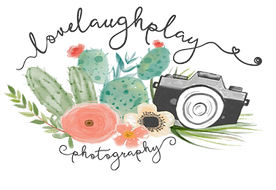15 Placenta facts that will have you amazed!
- Krystal Leaver
- May 28, 2021
- 2 min read

Mysterious and mighty, the placenta belongs to both the mother and the fetus. It grows in the uterus and hooks onto the mother's body to provide her fetus with oxygen, nutrients and blood. Find 15 more amazing facts about the placenta that you might not have known below!
The human placenta is shaped like a parachute or an umbrella over the baby.
The placenta is the largest fetal organ with an average size of 9 inches in length, about 1 inch thick and typically weighs between 1-3 pounds!
Both mom and babies blood pass through the placenta but never mix!
About 20 percent of your blood supply passes through the placenta every minute (wow)!
The placenta is a multifunctional organ. It acts as baby's lungs (to supply oxygen and remove carbon dioxide), babies kidneys (to filter out waste), and used to secrete essential hormones to support the pregnancy.
The placenta is developed from a fertilized egg, which means it is made from both mom and dad's genes.
The placenta begins to form just 6-7 days after conception and grows as your baby grows!
Placenta gives the mother’s immunity to the fetus. Babies are born with double the concentration of blood antibody as their mothers. They can have up to six months of immune protection after birth. After that, they have to start generating their own.
The placenta is a temporary organ and the only one that is transient (meaning it grows, then leaves the body after baby is born).
In some cultures, the placenta has spiritual meaning and must be buried or prepared according to rituals.
Eating the placenta, is becoming popular again. It is consumed raw, cooked or encapsulated. Sometimes served even as a smoothie.
Placenta contains nutrients that are believed to prevent postpartum depression, reduce bleeding, boost energy levels, and even improve milk supply. These benefits have not been officially proven, but there have been small scientific research studies and results were very strong.
Fraternal twins will always have TWO placentas!
The number of placentas in identical twins is determined by the time the fertilized egg splits. If egg splits before placenta develops, each baby will have it's own placenta, if before both babies will be sustained by one placenta.
Once the placenta is delivered, it triggers a hormonal reaction that triggers milk production and prepares a woman's body to breastfeed her newborn.
Did you get a chance to look at your placenta after birth?
Check out this big sister fascinated over every step of her little brother's arrival! She was so curious about every little detail including checking out the placenta!





Comments